Blue grouse and ruffed grouse are among the best eating of all game birds. Among forest grouse there are two species, dusky and ruffed. These two species have been wandering down their own evolutional path for the last 10 million years, while I have only been chasing them for 35 years and I love the wild and free places that they call home. But considering that we, as humans have only been wandering the land for half as long as they have, we only have it about half as figured out as grouse do.
Josh Tatman writes, in Project Upland, that “In 2006, taxonomists recognized distinct genetic and morphological variability in two major groups of blue grouse. They renamed the birds of the interior Rockies dusky grouse (Dendragapus obscurus), and named the occupants of the coastal mountains sooty grouse (Dendragapus fuliginosus). Within each species, multiple subspecies are recognized. Few native upland birds rival blue grouse in distribution. They occupy every western state and province. Duskies range from Alberta all the way down the spine of the Rockies. They are common throughout the mountains of Montana, Wyoming, Idaho, Utah, Nevada, and Colorado, but trickle out in central New Mexico and Arizona. Further west, sooties are common in southern Alaska, British Columbia, Washington, and Oregon. Their range follows the Sierras all the way to southern California. Both the dusky and sooty species are recognized by their dark gray feathers. Males have lighter gray chests, while females are a mottled gray-brown. Some subspecies of duskies (D. o. richardsonii and D. o. pallidus, for example) have nearly solid dark gray tail feathers with an almost imperceptible lighter band at the tips. The other subspecies have a pale gray band at the tip of the tailfeathers. Sooty grouse share this coloration, making them a bit difficult to differentiate.”
Brett Roper writes in an interesting article, “This divergence has allowed these species to develop their own habitat preferences and keeps them from hybridizing.” In Idaho, one study evidenced that one dusky grouse is shot for about every 270 acres of forest service land. Roper says, “This low harvest rate has been documented despite it being possible to make a two- or three-mile hunt through the hills and flush 15 to 20 birds. If your dog is working a 100-foot-wide swath in front of you during a three-mile hunt, that works out to covering about 36 acres. As most birds are shot within 100 yards of a Forest Service Road or trail, it is likely the vast majority of the forest grouse in our region are never flushed by a hunter or their bird dog.”
Young birds should be plucked and roasted, while older birds are perfect for Grouse MacNuggets. They are the easiest game birds to age, not only in the feather but also plucked. A grouse can be hung for 2-10 days. Allow a whole bird per person. Be sure to save the carcass for game stocks.
We have been fortunate to chase blue grouse, sage grouse, sharptailed grouse, and prairie chickens along the Sporting Road, and grouse hunting is our favorite time of year. Wyoming is a great place for sage grouse and fly fishing and we always stop at the Platte fly shop along the way.
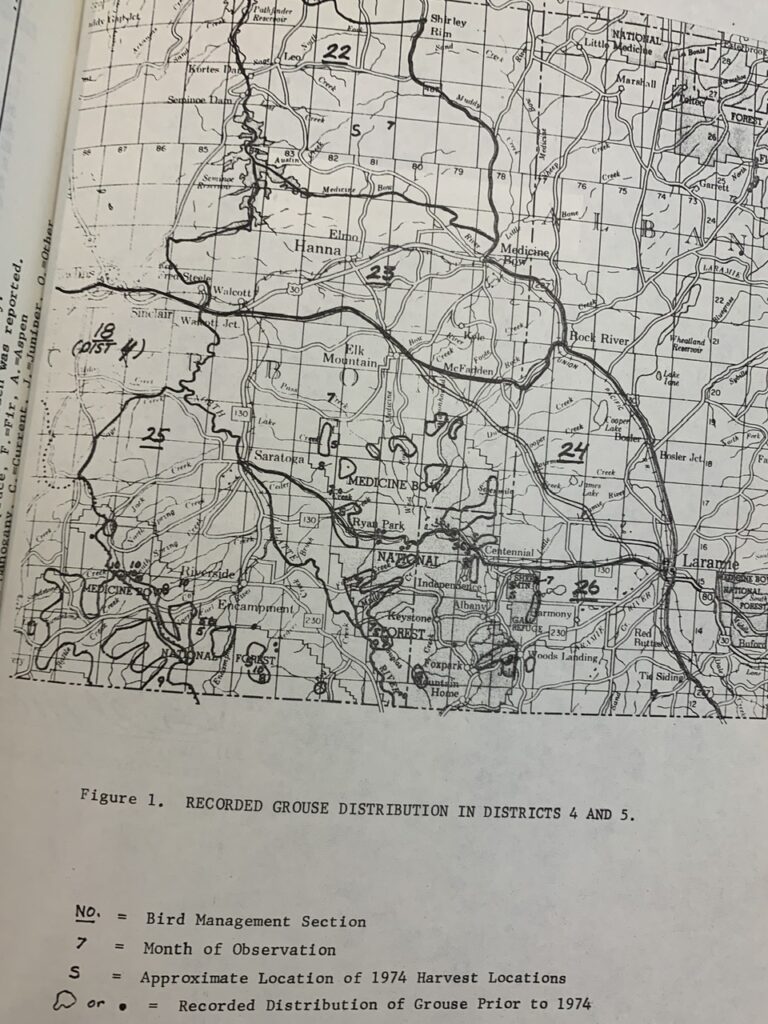
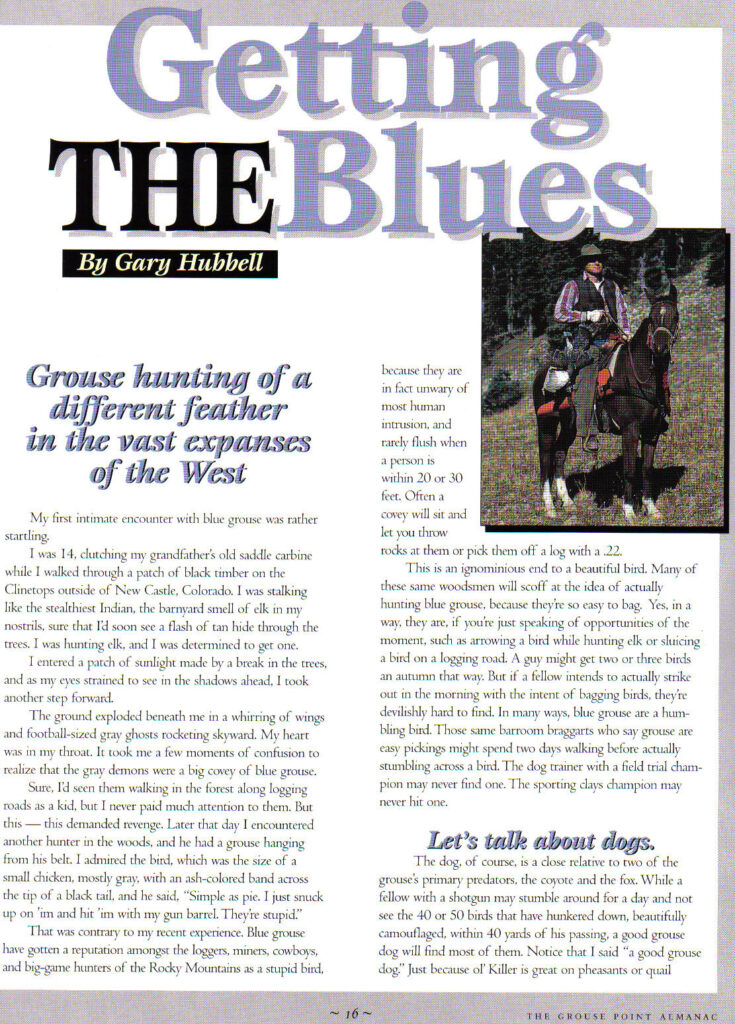
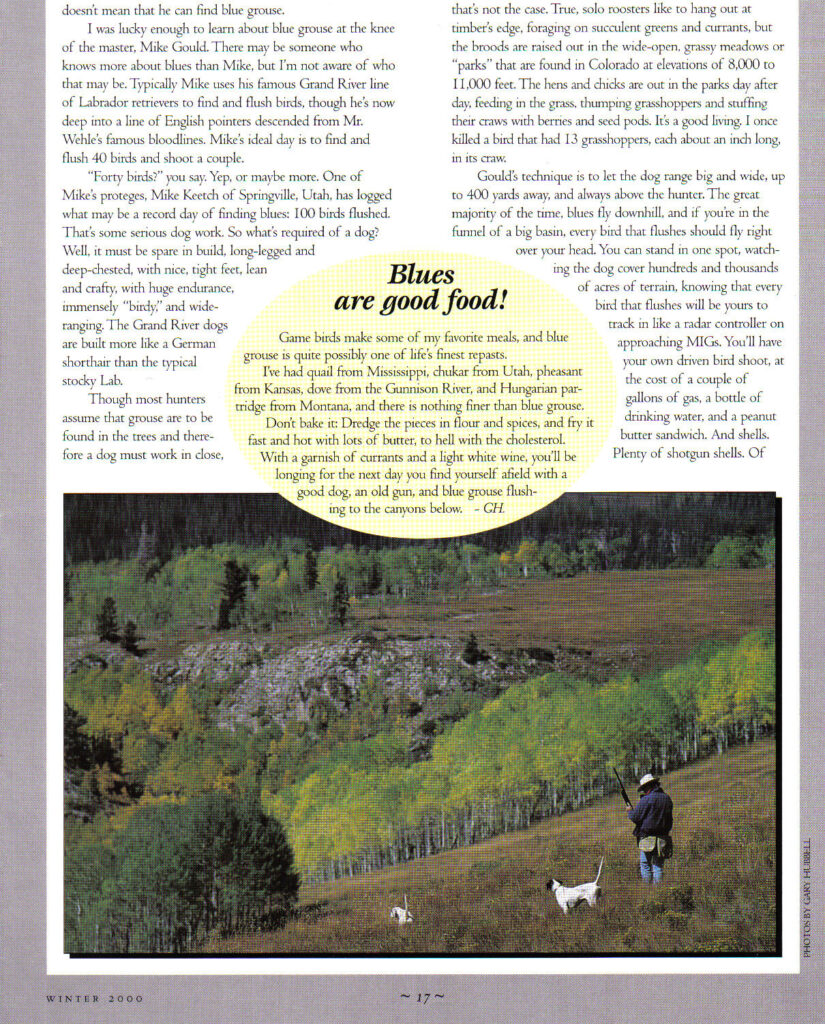
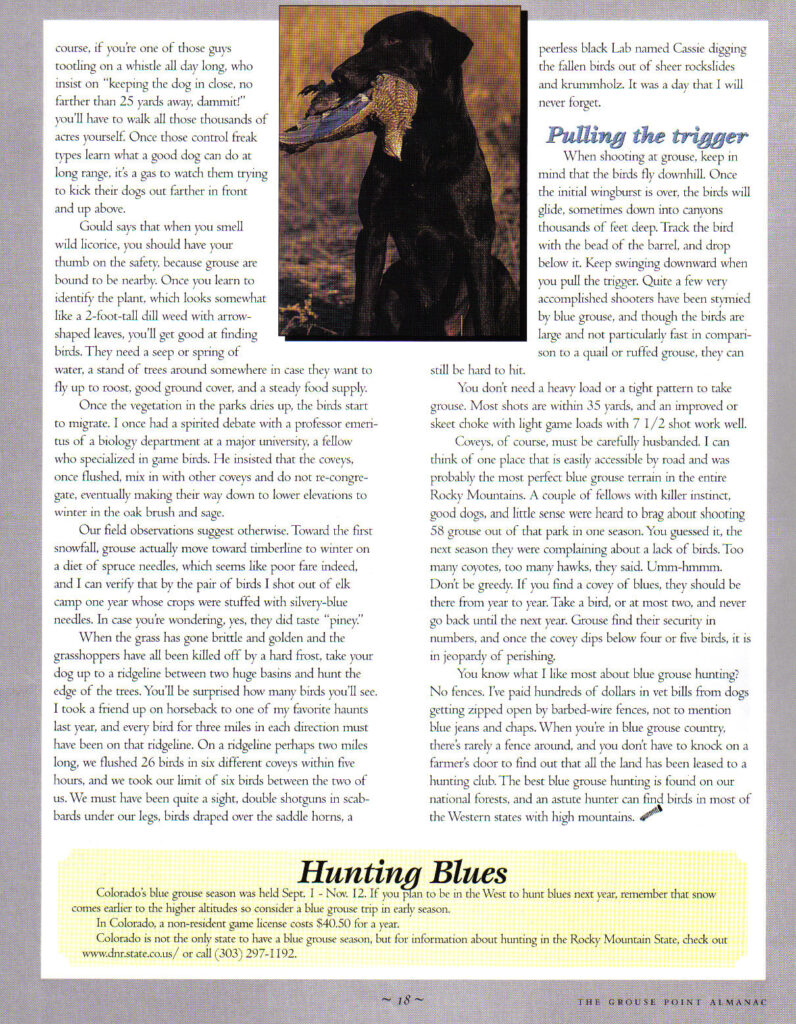
https://gfp.sd.gov/UserDocs/nav/SageGrouseManagementPlan.pdf
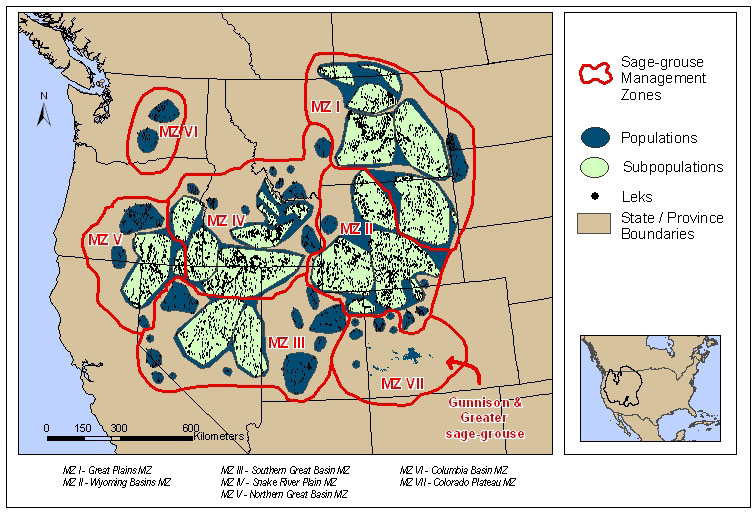

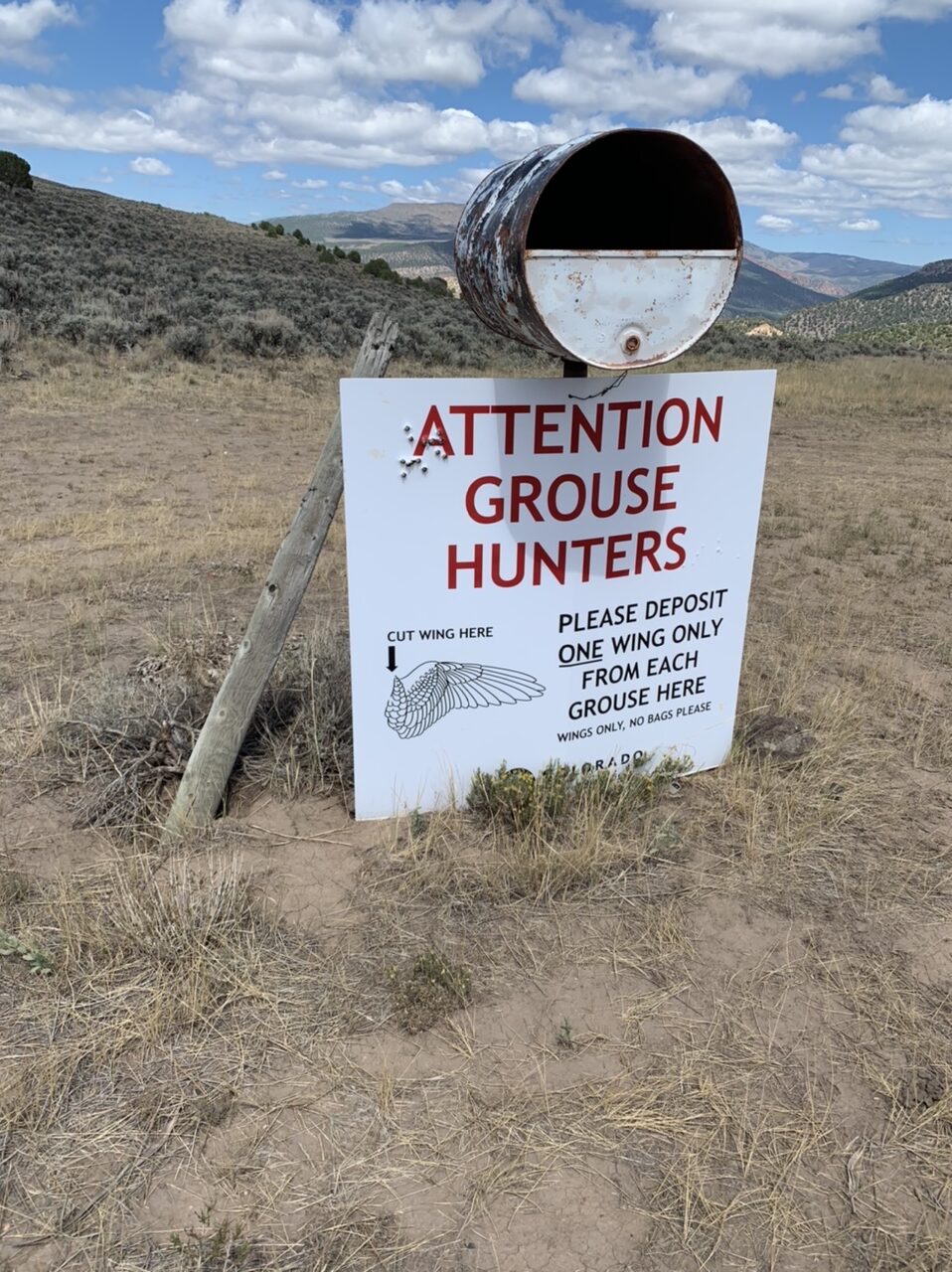
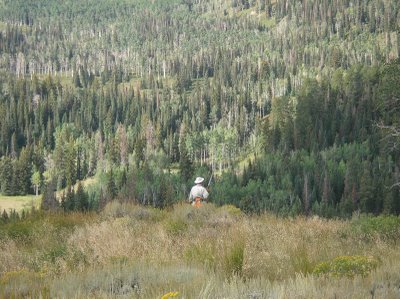
Leave A Comment
You must be logged in to post a comment.